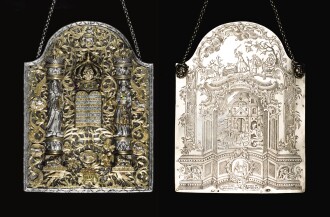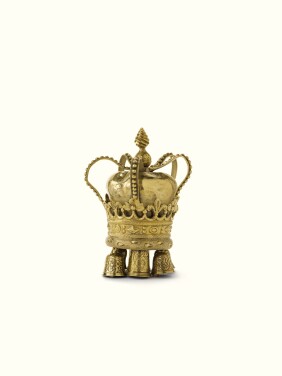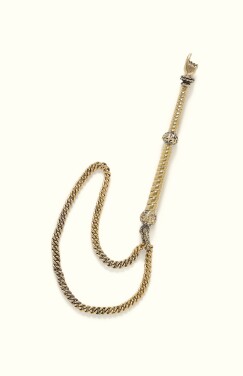
D avid Sassoon’s fourth son, Reuben (1834-1905), who grew up in India, was recognized early on as mathematically gifted, quick-witted, wise, industrious, commercially savvy, and well-mannered; it was said of him that he had no enemies. When he came of age, he was sent by his father to conduct family business first in Hong Kong, then in Shanghai, but in 1860 he was called back to Bombay. Following his father’s passing, his older brother Sassoon required assistance in London, and so Reuben, his family, and his widowed mother moved there in 1867, the year of Sassoon’s own premature death.
Reuben’s transition into British society was smooth. He was a talented bridge player, loved horseback riding, admired art, enjoyed theater, and was generous with his money. Like his brother Arthur, Reuben was a member of the so-called Marlborough House set (also known as the smart set), a social clique revolving around Albert Edward, son of Queen Victoria and heir apparent to the throne. When the Prince of Wales would visit Hove, he could often be found strolling the promenade with Arthur, playing bridge with Reuben, and being hosted by them both. In the first of the Coronation Honours issued when the prince acceded to the throne, Arthur and Reuben were appointed Members, Royal Victorian Order (MVO).

Reuben remained faithful to Jewish tradition, and the Sassoon firm’s London offices bore a mezuzah on the doorposts and were closed on the Sabbath. His house in Hove was not far from the Brunswick Terrace home of Philip Salomons, and after the latter’s death in 1867 Reuben purchased a large portion of his already famous Judaica collection, even though Reuben himself was newly arrived in England. Many of the pieces from Salomons’ rooftop synagogue were transferred to Reuben’s private synagogue in his home at 95 Lancaster Gate, on the north side of Hyde Park. Using the Salomons collection as a base, he added important examples of Jewish art from England, Germany, Galicia, and Italy. Twenty years later, Reuben David Sassoon and Isaac Strauss were the primary private lenders to the great 1887 Anglo-Jewish Historical Exhibition held at the Royal Albert Hall and were largely responsible for the success of this landmark display of Jewish artistic achievement.

In addition to the items offered in Sotheby's upcoming auction, a number of other masterpieces from Reuben’s collection were featured in previous Sassoon family sales with Sotheby’s. Many of these can be found in the catalogue of the 1887 exhibit, including the impressive Polish silver Torah Ark, the Dresden etrog box, and the Italian Torah shield and ewer and basin illustrated here. Others, like the important Sassoon hanging Sabbath lamp, were presumably acquired after the Albert Hall exhibition; we know from later Sassoon family photographs that this lamp hung directly in front of Philip Salomons’ magnificent mahogany Torah Ark, and it is likely that this arrangement replicated the one found originally in Reuben’s home. Still other pieces were given to the family, such as the rare English Hanukah lamp by Samuel Edlin, owned by Reuben’s sister-in-law Henrietta (Hababa) Artom, and probably a gift from the collector when she married in his home in 1875.

Reuben died in 1905, and in an echo of his own story, the collection passed to a Sassoon just recently arrived in the United Kingdom, his great-niece and sister-in-law Flora Gubbay Sassoon. Reuben had six children, so the collection may have been purchased or may have been left to Flora as the most religiously observant Sassoon of her generation. Many of the items were almost immediately lent to the 1906 Whitechapel Art Gallery Exhibition “Jewish Art and Antiquities,” confirming their importance and the link with the Sassoon family, but also constituting the last time these treasures were seen by the public.













